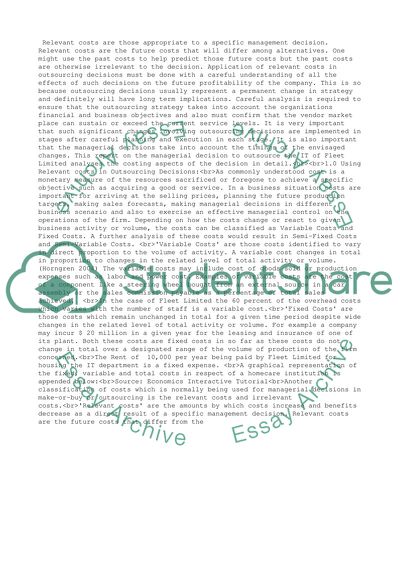Cite this document
(“Fleet Limited: A Managerial Decision Making in respect of In-house IT Essay”, n.d.)
Fleet Limited: A Managerial Decision Making in respect of In-house IT Essay. Retrieved from https://studentshare.org/business/1534462-accounting-management
Fleet Limited: A Managerial Decision Making in respect of In-house IT Essay. Retrieved from https://studentshare.org/business/1534462-accounting-management
(Fleet Limited: A Managerial Decision Making in Respect of In-House IT Essay)
Fleet Limited: A Managerial Decision Making in Respect of In-House IT Essay. https://studentshare.org/business/1534462-accounting-management.
Fleet Limited: A Managerial Decision Making in Respect of In-House IT Essay. https://studentshare.org/business/1534462-accounting-management.
“Fleet Limited: A Managerial Decision Making in Respect of In-House IT Essay”, n.d. https://studentshare.org/business/1534462-accounting-management.


